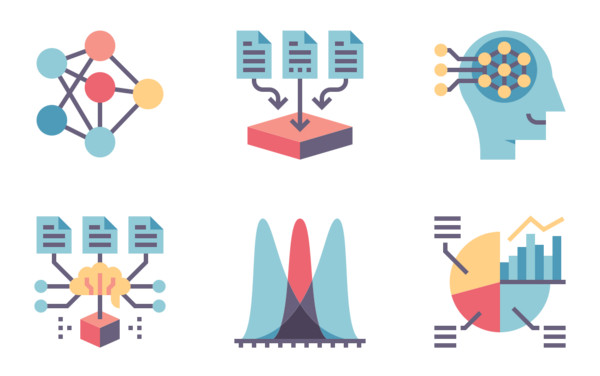Model Selection
Imagine you have a puzzle to solve, and you have a variety of puzzle-solving tools at your disposal. Each tool has its strengths and weaknesses, and you want to pick the one that can solve the puzzle most effectively and accurately.

In machine learning, we have different algorithms like linear regression, decision trees, support vector machines, and neural networks, each designed to tackle specific types of problems.
We do this by feeding the algorithms some training data, allowing them to learn from it, and then testing them on new, unseen data to see how well they can make predictions. Remember, the goal here is to find the algorithm that gives the most accurate and reliable predictions for our specific problem, not for the love of a particular algorithm - no hard feelings 😏.
Considerations for Model Selection
For ML model selection, there are several important considerations to keep in mind to ensure we pick the most suitable algorithm for our specific problem:
| Factors | Impact on model selection |
|---|---|
| Problem type | Some models are better suited for certain types of problems than others. For example, linear regression models for continuous variable and logistic regression models for categorical variables. |
| Data size | If you have a large dataset, you may need to choose a less computationally expensive model. |
| Problem complexity | If the problem is complex, you may need to choose a more complex model. |
| Data availability | If you do not have a lot of data, you may need to choose a model that is less data-intensive. |
| Interpretability | If you need to understand how the model works, you may need to choose a more interpretable model. |
The different factors are interrelated. For example, the type of problem will affect the size of the data that is needed. The complexity of the problem will also affect the complexity of the model that is needed. Since ML model selection is an iterative process, there is no one-size-fits-all approach. It involves trying out different algorithms and comparing performance to find the best model for our particular task.
➡️ Next, we'll look at some practice exercises... 🎯